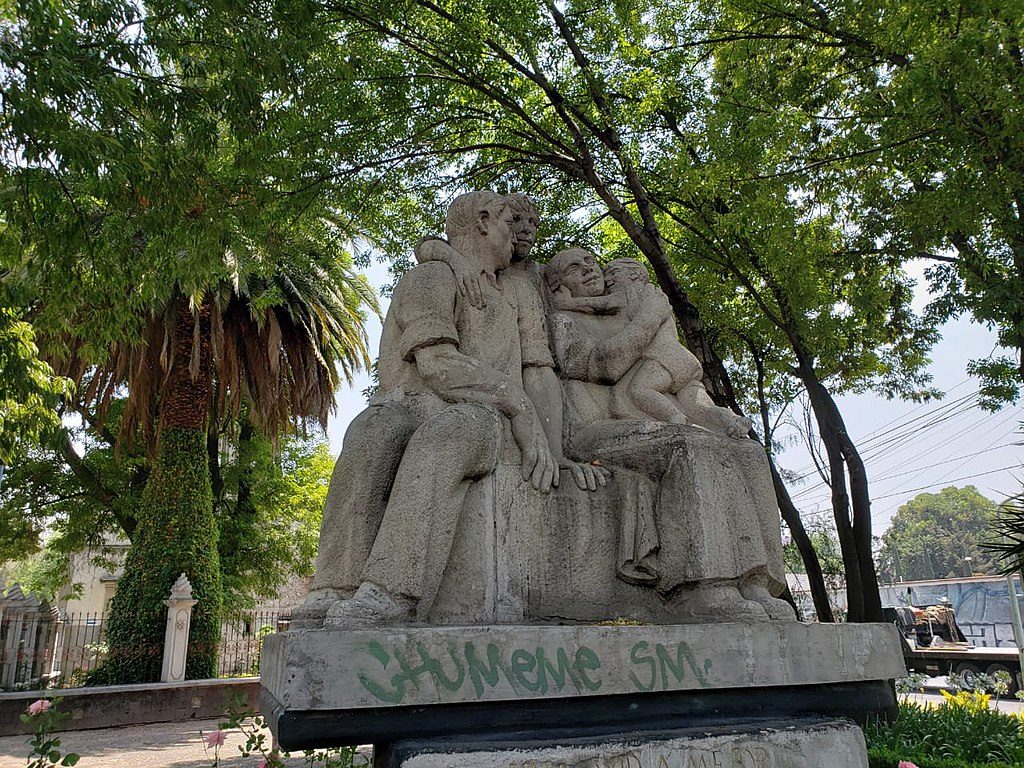
La Familia Proletaria is a magnificently understated monument, today in the colonia Plutarco Elías Calles, in Miguel Hidalgo. The San Salvador de las Flores Xochimancas church is visible in the background of the photo above. The statue was moved here when the development of the “Casco de Santo Tomás” was being developed in the 1950s.
20 years prior, the statue was placed in one of the earliest planned communities for industrial workers. These came about in response to section XII of Article 123 of the Constitution 1917. Employers were obligated “to provide workers with comfortable and hygienic living quarters.”
The architect, Juan Legarreta had previously designed a few houses in the Balbuena area in the east of the City. But the Plutarco Elías Calles houses he designed here sprung up on the grounds of the old Rancho de San Jacinto. It was an early precursor to the giant 20th-century housing complexes that followed in the 1950s and 60s.
Originally titled “A better life. Colonia Plutarco Elías Calles. November 1934,” the sculpture was part of the process of beautifying cities through socially engaged art. The artist, Ignacio Asúnsolo, designed multiple monuments and public sculptures in the early 20th century. Most prominent among these are the Monument to Cuitlahuac on Paseo de la Reforma, and the figures on the Álvaro Obregón monument in the Parque Bombilla.
The statue though did not last long in the area. Plans to build the nation’s first Polytechnic Institute displaced not just the statue but most of the housing too. The Familia Proletaria then went into storage and was only replaced, at its present location, in 2009.
2012, © Delegación Miguel Hidalgo: Breve Historia y Relación del Patrimonio Tangible de la Delegación Miguel Hidalgo
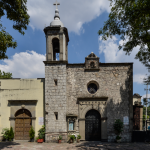
Nearest at 0.06 kms.
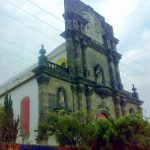
Nearest at 0.58 kms.

Nearest at 0.78 kms.
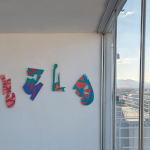
A high-rise gallery of art and architecture on the very eastern edge of Tlatelolco . . .
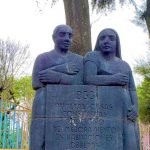
A tiny neighborhood park bears witness to a historical neighborhood . . .
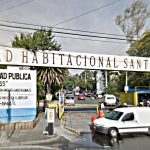
One of the grandest of 1950s housing experiments in Mexico City . . .
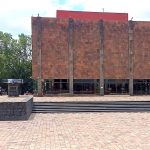
One of Mexico City's most famous residential neighborhoods is today a leafy Modernist neighborhood....

A major cultural venue in Iztapalapa...